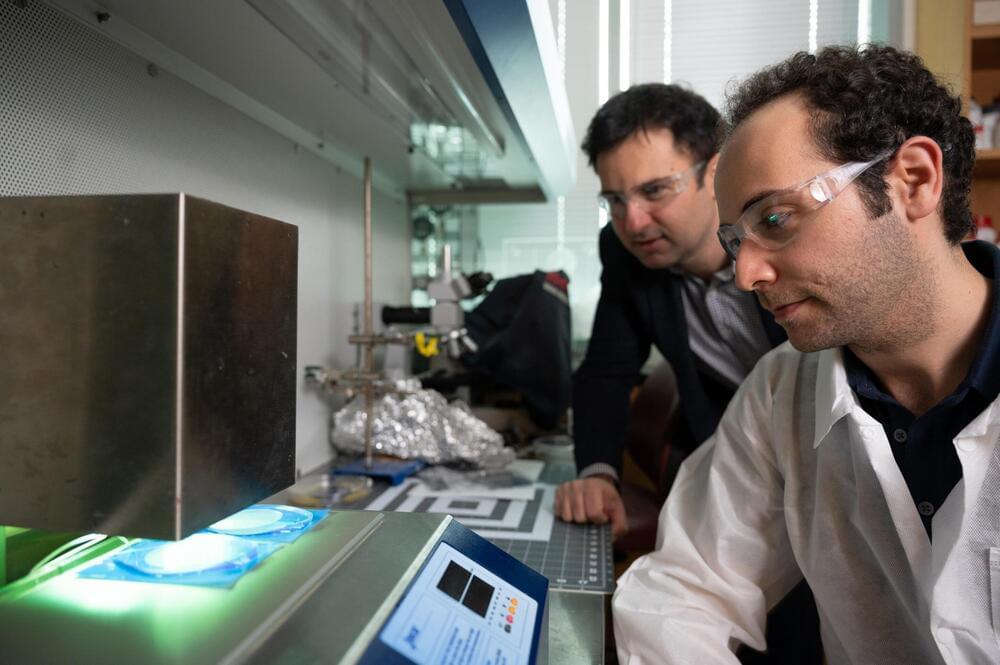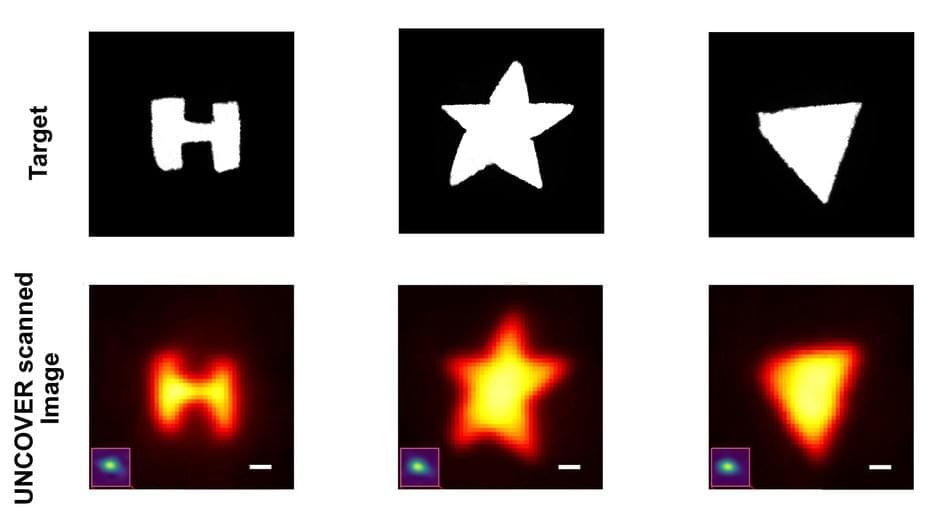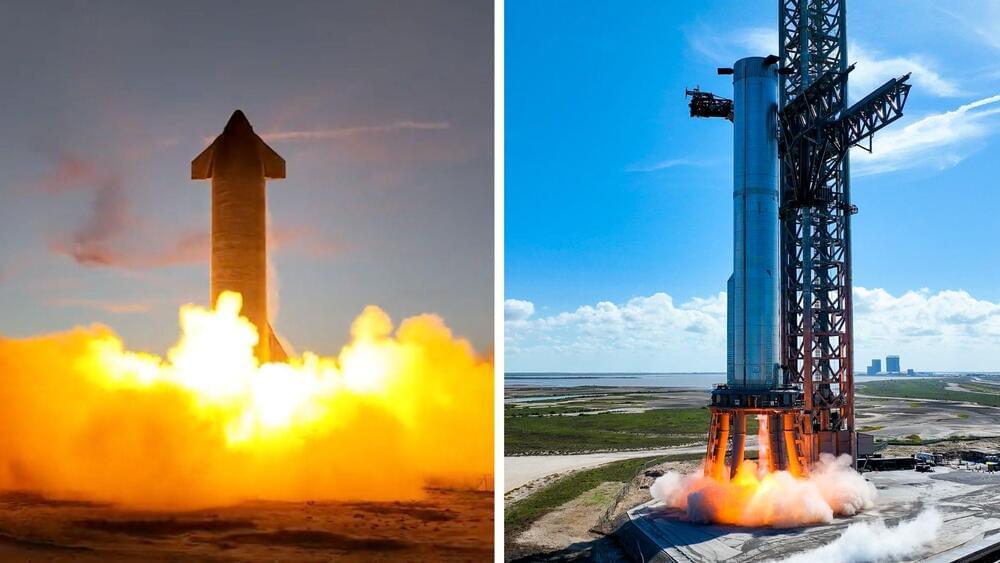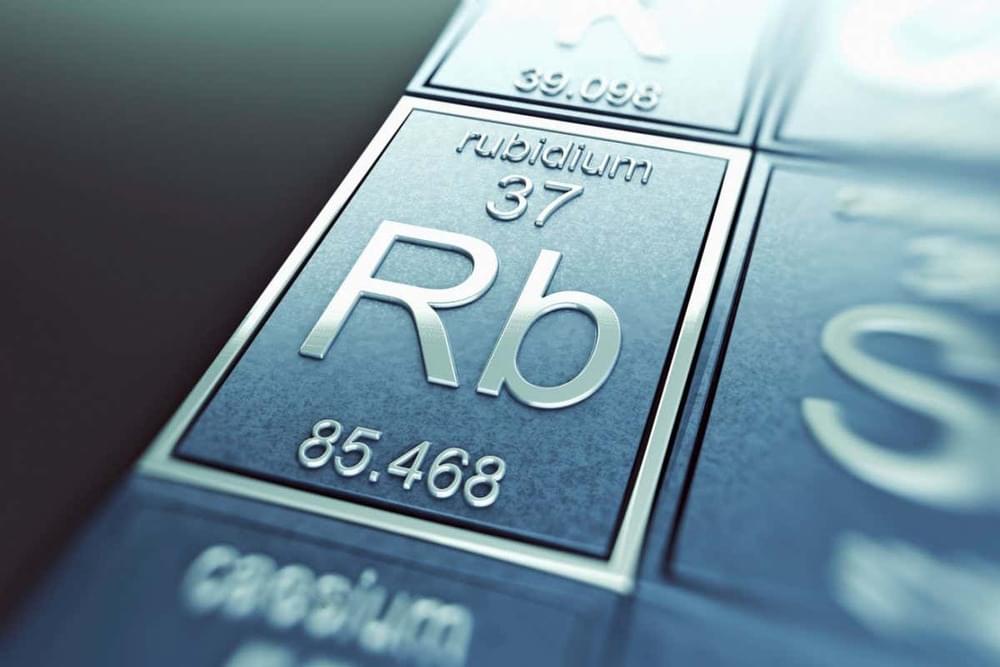Artificial intelligence has mostly been focusing on a technique called deep learning. It might be time to reconsider.
Get the latest international news and world events from around the world.
File or directory not found
https://www.jpost.com/health-and-wellness/article-714670 https://youtu.be/uc6f_2npsx8
The seeds of innovation appear to be seedless. According to game-changing research led by our very own Dr. Lior Rubinovich, it is now finally possible to grow avocado plants solely from tissue culture. Why is this good? Aside from being free of deformities, disease-proof, and significantly fast-growing – cultivated avocado plants mean genetic uniformity, which implies that all plants originate from the same delicious, nutritious, and healthy tissue. The founding of Bestree means a great deal for the northern region of Israel, both financially and innovatively. Therefore, we are proud to share this inspiring research with the rest of the world! Read more about Bestree & cultivated avocados in the full article https://www.ice.co.il/media/news/article/876527
האם ניתן לרבות שתילי אבוקדו בתרביות ריקמה? עד לפני כמה חודשים התשובה הייתה: “אולי, אבל טרם הצלחנו להבין כיצד לעשות זאת” היום התמונה היא אחרת, בעקבות מחקרו פורץ הדרך של ד“ר ליאור רובינוביץ’ הפך אבוקדו שמיוצר בתרבית ריקמה לרעיון שלא רק ניתן ליישמו במעבדה אלא גם למסחרו ולהביאו כבשורה לחקלאות העולמית! זהו פיתוחה וחזונה של חב’ Bestree אשר הוקמה על בסיס מחקרו של רבינוביץ’ ונחנכה בטקס חגיגי בקיבוץ אל-רום שבגליל. מעבר ליתרונות השיווקיים והכלכליים של המהלך – הקמתה של חב’ Bestree שמה את מיגל בשורה הראשונה של מכוני מחקר בעולם ובכך מקדמת גם את הפיתוח וההתחדשות החקלאית והמדעית של צפון מדינת ישראל! לחצו לקריאה מורחבת אודות חב’ Bestree https://www.ice.co.il/media/news/article/876527
Music video by Styx performing Mr. Roboto. © 1983 A&M Records.
Best of Styx: https://goo.gl/n2JFbN
Subscribe here: https://goo.gl/UiH6GG
#Styx #MrRoboto #Vevo
Fasting Without Calorie Restriction Extends Lifespan
Join us on Patreon!
https://www.patreon.com/MichaelLustgartenPhD
Bristle Discount Link (Oral microbiome quantification):
ConquerAging15
https://www.bmq30trk.com/4FL3LK/GTSC3/
Cronometer Discount Link (Daily diet tracking):
https://shareasale.com/r.cfm?b=1390137&u=3266601&m=61121&urllink=&afftrack=
Support the channel with Buy Me A Coffee!
https://www.buymeacoffee.com/mlhnrca.
Paper referenced in the video:
Daily Fasting Improves Health and Survival in Male Mice Independent of Diet Composition and Calories.
https://pubmed.ncbi.nlm.nih.gov/30197301/

New chip could make treating metastatic cancer easier and faster
Researchers at the Georgia Institute of Technology have found a detection method that could revolutionize cancer treatment by showing how cancers metastasize and what stage they are.
Cancer spreads via circulating tumor cells (CTCs) that travel through the blood to other organs, and they are nearly impossible to track. Now, researchers at the Georgia Institute of Technology have found a detection method that could revolutionize cancer treatment by showing how cancers metastasize and what stage they are. This could lead to earlier and more targeted treatment, beginning with a simple blood test.
When a tumor starts metastasizing, it sheds its cell into the blood. An individual cell often doesn’t survive the bloodstream on its own, but clusters of cells are much more robust and can travel to other organs, effectively pushing the cancer to a metastatic state.

New research ‘uncovers’ hidden objects in high resolution
Imagine driving home after a long day at work. Suddenly, a car careens out of an obscured side street and turns right in front of you. Luckily, your autonomous car saw this vehicle long before it came within your line of sight and slowed to avoid a crash. This might seem like magic, but a novel technique developed at Caltech could bring it closer to a reality.
With the advent of autonomous vehicles, advanced spacecraft, and other technologies that rely on sensors for navigation, there is an ever-increasing need for advanced technologies that can scan for obstacles, pedestrians, or other objects. But what if something is hidden behind another object?
In a paper recently published in the journal Nature Photonics, Caltech researchers and their colleagues describe a new method that essentially transforms nearby surfaces into lenses that can be used to indirectly image previously obscured objects.

Researchers mitigate potential side-channel attack vulnerability in multicore processors
A component of computer processors that connects different parts of the chip can be exploited by malicious agents who seek to steal secret information from programs running on the computer, MIT researchers have found.
Modern computer processors contain many computing units, called cores, which share the same hardware resources. The on-chip interconnect is the component that enables these cores to communicate with each other. But when programs on multiple cores run simultaneously, there is a chance they can delay one another when they use the interconnect to send data across the chip at the same time.
By monitoring and measuring these delays, a malicious agent could conduct what is known as a “side-channel attack” and reconstruct secret information that is stored in a program, such as a cryptographic key or password.


Finally! SpaceX can launch Starship into orbit as soon as September 1
Worry not though, as the Mars-bound spacecraft could finally make its orbital test flight on September 1. That’s because SpaceX set out a six-month window that opens on the first day of September. The license was granted by the FCC on Wednesday, August 10, according to Space.com.
An artificial neuron that can receive and release dopamine
A team of researchers from Nanjing University of Posts and Telecommunications and the Chinese Academy of Sciences in China and Nanyang Technological University and the Agency for Science Technology and Research in Singapore developed an artificial neuron that is able to communicate using the neurotransmitter dopamine. They published their creation and expected uses for it in the journal Nature Electronics.
As the researchers note, most machine-brain interfaces rely on electrical signals as a communications medium, and those signals are generally one-way. Electrical signals generated by the brain are read and interpreted; signals are not sent to the brain. In this new effort, the researchers have taken a step toward making a brain-machine interface that can communicate in both directions, and it is not based on electrical signals. Instead, it is chemically mediated.
The work involved building an artificial neuron that could both detect the presence of dopamine and also produce dopamine as a response mechanism. The neuron is made of graphene (a single sheet of carbon atoms) and a carbon nanotube electrode (a single sheet of carbon atoms rolled up into a tube). They then added a sensor capable of detecting the presence of dopamine and a device called a memristor that is capable of releasing dopamine using a heat-activated hydrogel, attached to another part of their artificial neuron.
